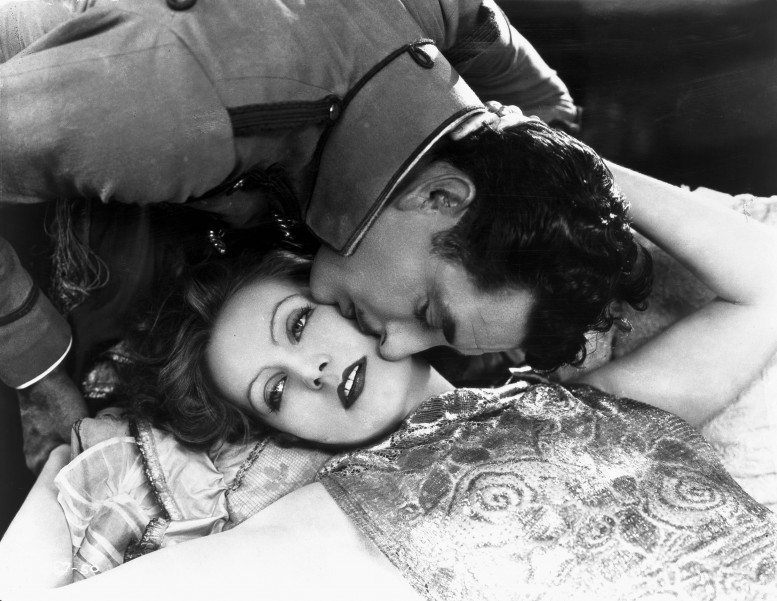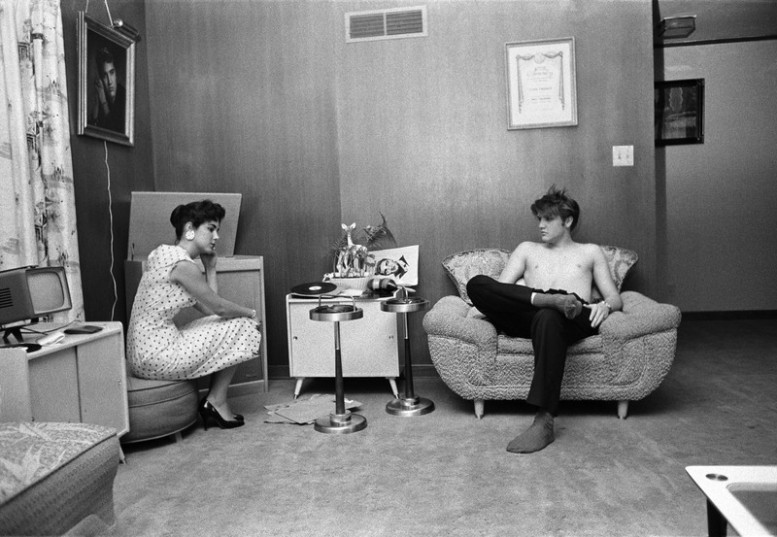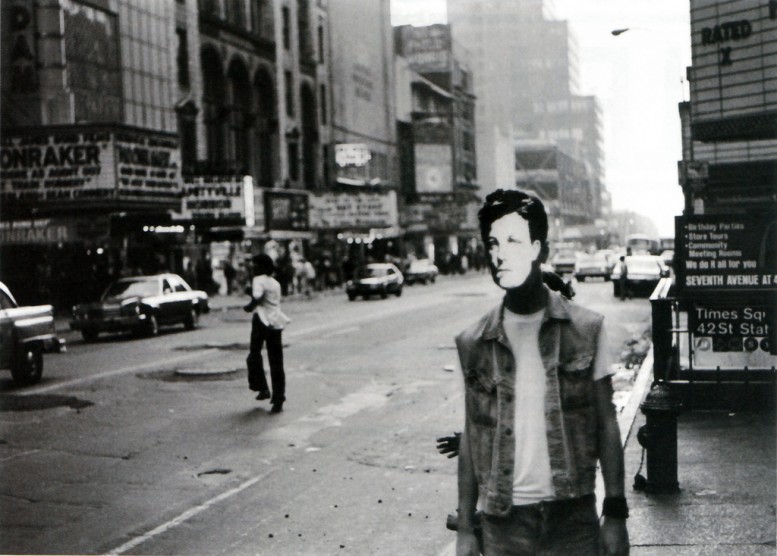In December 2010, the National Portrait Gallery in Washington made headlines when it responded to protests from the Catholic League by voluntarily censoring an excerpt of David Wojnarowicz's A Fire in My Belly from its show on American portraiture. Why a work of art could stir such emotions is at the heart of Cynthia Carr's Fire in the Belly: The Life and Times of David Wojnarowicz

Glamour of the Gods
 Leo (John Gilbert) kisses Felicitas (Greta Garbo) in Flesh and the Devil (1926)
Leo (John Gilbert) kisses Felicitas (Greta Garbo) in Flesh and the Devil (1926)
Glamour of the Gods is a celebration of Hollywood portraiture from the industry's 'Golden Age', the period 1920 to 1960. From Greta Garbo and Clark Gable to Audrey Hepburn, James Dean and Marilyn Monroe, it is these portraits that transformed actors and actresses into international style icons. In many cases these are the career-defining images of Hollywood's greatest names and help to illustrate their enduring appeal. Featuring over 70 photographs, most of which are exquisite vintage prints displayed for the first time, the exhibition is drawn from the extraordinary archive of the John Kobal Foundation and demonstrate photography's decisive role in creating and marketing the stars central to the Hollywood mystique. Now on view at the National Portrait Gallery in London until October 23. www.npg.org.uk
Mick Jagger: Young in the 60s
 Mick Jagger, 1966. Photograph by Gered Mankowitz
Mick Jagger, 1966. Photograph by Gered MankowitzPortraits of Mick Jagger taken in the 1960s will be on display at the National Portrait Gallery in London from 3 May until 27 November 2011. Documenting the singer’s early rise to become one of the most influential singer-songwriters of the era, the display will coincide with the publication of Mick Jagger: The Photobook by Thames & Hudson. www.mickjagger.com
Hide/Seek: Difference and Desire in American Portraiture
Romaine Brookes "Natalie Barney" 1920
This is the first major museum exhibition to focus on sexual difference in the making of modern American portraiture. “Hide/Seek” considers such themes as the role of sexual difference in depicting modern America; how artists explored the fluidity of sexuality and gender; how major themes in modern art—especially abstraction—were influenced by social marginalization; and how art reflected society’s evolving and changing attitudes toward sexuality, desire, and romantic attachment. This is the last weekend to view Hide/Seek: Difference and Desire in American Portraiture at the National Portrait Museum in Washinton D.C. www.npg.si.edu
Elvis at 21
 Alfred Wertheimer, "Elvis and Barbara Hearn."
Alfred Wertheimer, "Elvis and Barbara Hearn."
"After having taken a shower, and still bare-chested, Elvis has his high school sweetheart, Barbara Hearn, listen on the phonograph to the acetate disc with cuts of his songs from the New York recording session." Beautiful images of a young hopeful Elvis by photographer Alfred Wertheimer now on view at the National Portrait Gallery in London. "In 1956, 26-year old Alfred Wertheimer was asked to photograph a rising 21-year-old-star named Elvis Presley. When Presley walked on stage that year, he altered the beat of everyday life. The world changed. Wertheimer captured the singer’s transit to superstardom and the cultural transformation he helped launch. Elvis at 21 offers viewers an intimate look at the public and private life of one of the world’s most famous figures, and documents classic American life—from the diners to the train stops—in 1956." On view until January 23 2011. www.npg.si.edu


